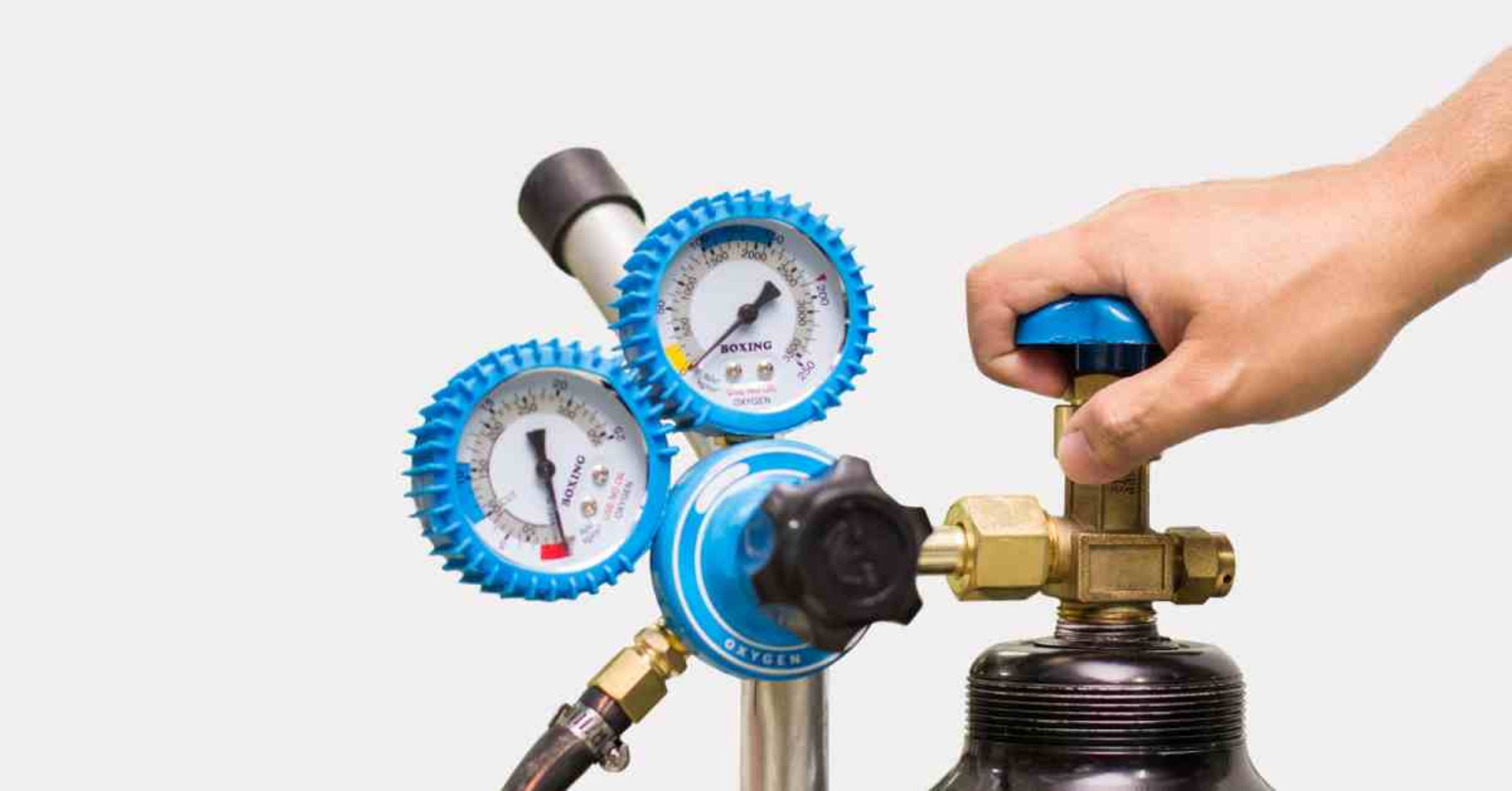Best Maintainance Practices for Gas Regulators
Specialty gas regulators play a crucial role in various industrial applications by ensuring the safe and efficient control of gas pressure. Proper maintenance of regulators is essential to guarantee their longevity, performance, and safety. This post will guide you through the best maintenance practices for gas regulators so you can ensure yours remain functional.
Cleaning and Lubrication
Regular cleaning and lubrication are fundamental aspects of specialty gas regulator maintenance. Over time, dirt, dust, and other contaminants can accumulate on the regulator’s components and hinder its functionality. To clean the regulator, depressurize and disconnect it from the gas supply. Then, use a soft brush or compressed air to remove loose particles, paying special attention to the vents and openings.
It’s important to use lubricant recommended by the manufacturer. Apply a thin layer to moving parts, such as the diaphragm and valve stem, to reduce friction and wear. Regular lubrication enhances the regulator’s performance, extends its lifespan, and prevents corrosion and component degradation.
Pressure Testing
Pressure testing is another maintenance best practice to ensure gas regulators operate correctly and safely. Begin by isolating the regulator from the system and connecting it to a calibrated pressure gauge. Gradually increase the pressure to the maximum operating level specified by the manufacturer. Monitor the pressure gauge for fluctuations or leaks, which could indicate potential issues.
Conducting periodic pressure tests helps you identify problems at an early stage, allowing for timely maintenance or replacement of faulty components. Always follow the manufacturer’s guidelines for pressure testing intervals and procedures in order to maintain the regulator’s integrity and reliability.
Calibration
Accurate calibration is essential for specialty gas regulators to perform their intended functions. Calibration ensures the regulator maintains the desired pressure levels within specified tolerances. To calibrate a gas regulator, start by setting the inlet pressure to the recommended value and adjusting the regulator’s setpoint to the desired outlet pressure.
Use a high-precision pressure gauge to verify the accuracy of the outlet pressure. Make fine adjustments as needed until the regulator delivers the specified pressure. You should only perform calibrations according to the manufacturer’s recommended intervals or whenever you notice a deviation in pressure control. Calibration not only enhances the performance of the gas regulator but also ensures the safety of the entire system.
Replacement of Worn Parts
Even with a strict maintenance schedule, gas regulators can experience some wear and tear over time. Identifying and replacing worn parts is critical for maintaining the regulator’s functionality. Common components that may need a replacement include diaphragms, valve seats, O-rings, and springs.
Inspect these parts regularly for signs of damage, such as cracks, deformation, or excessive wear. When replacing components, always use genuine parts recommended by the manufacturer to ensure compatibility and reliability. Properly installed replacement parts restore the regulator’s performance and prevent potential safety hazards.

